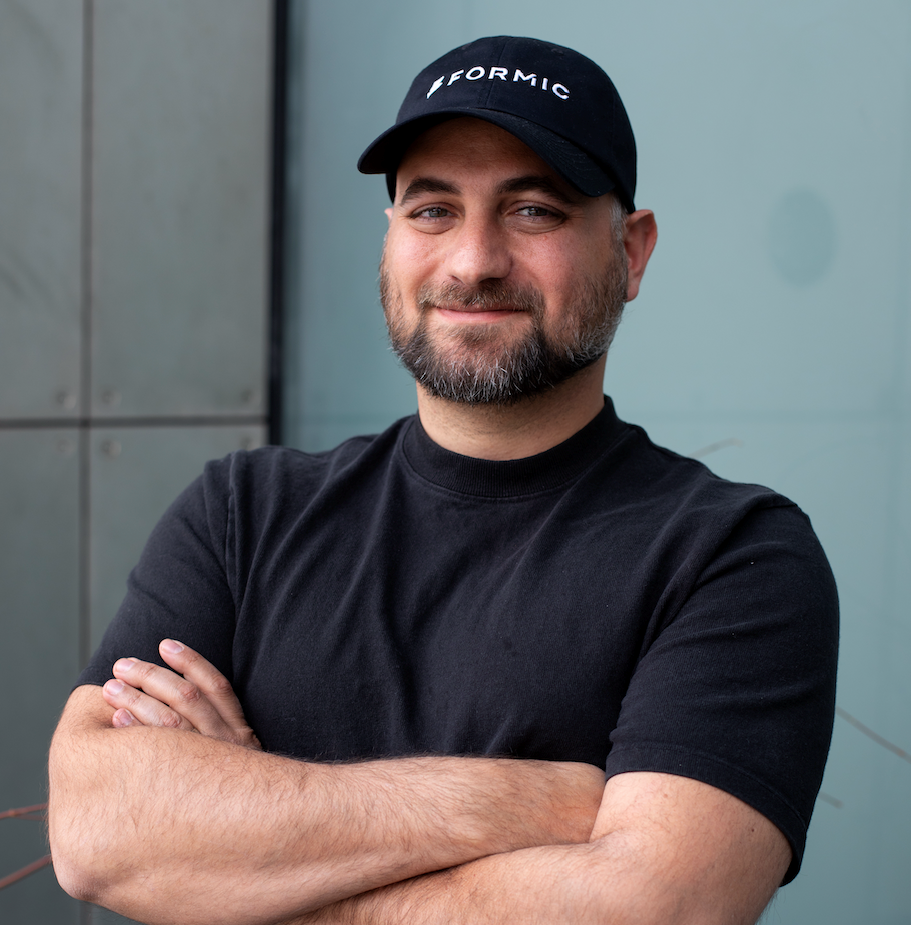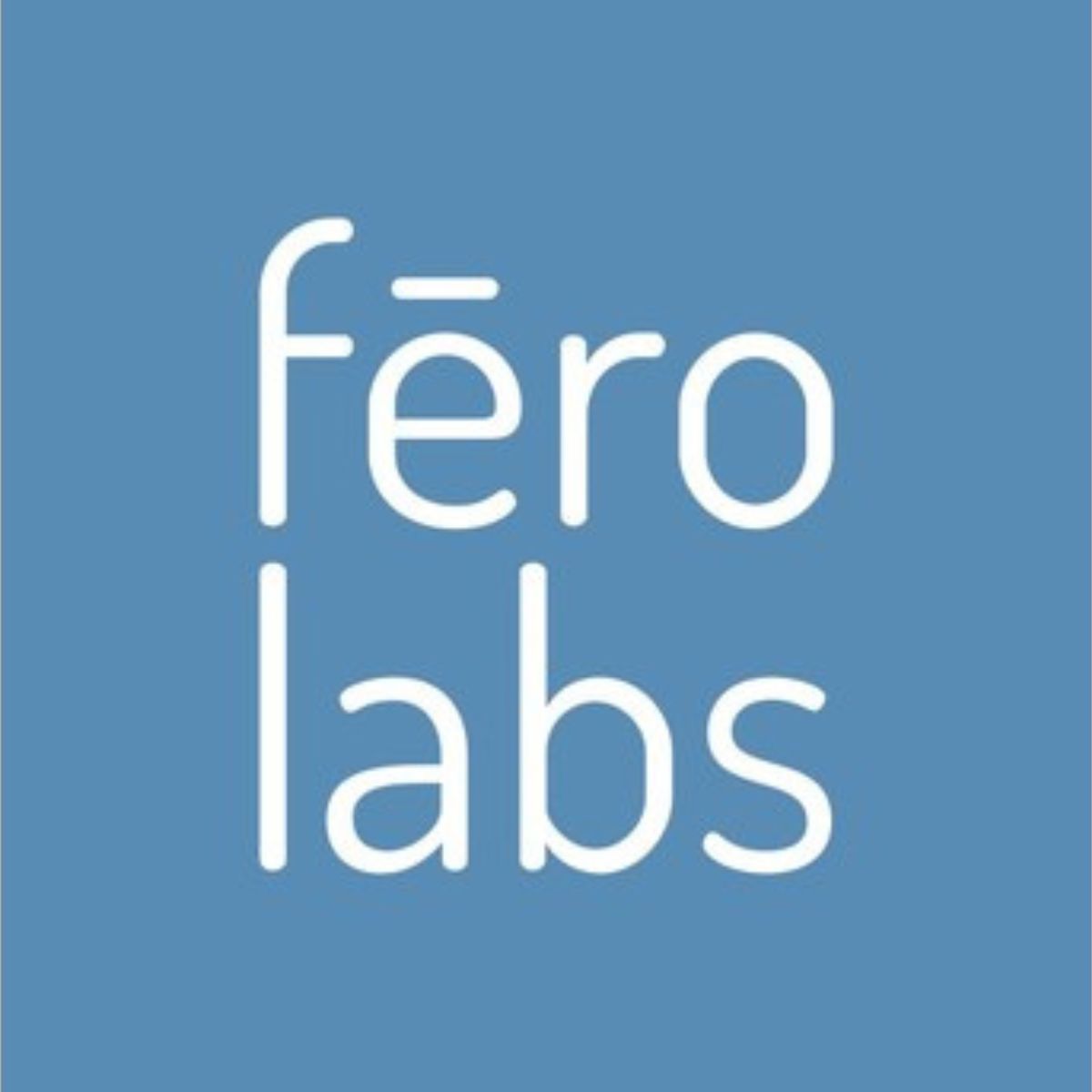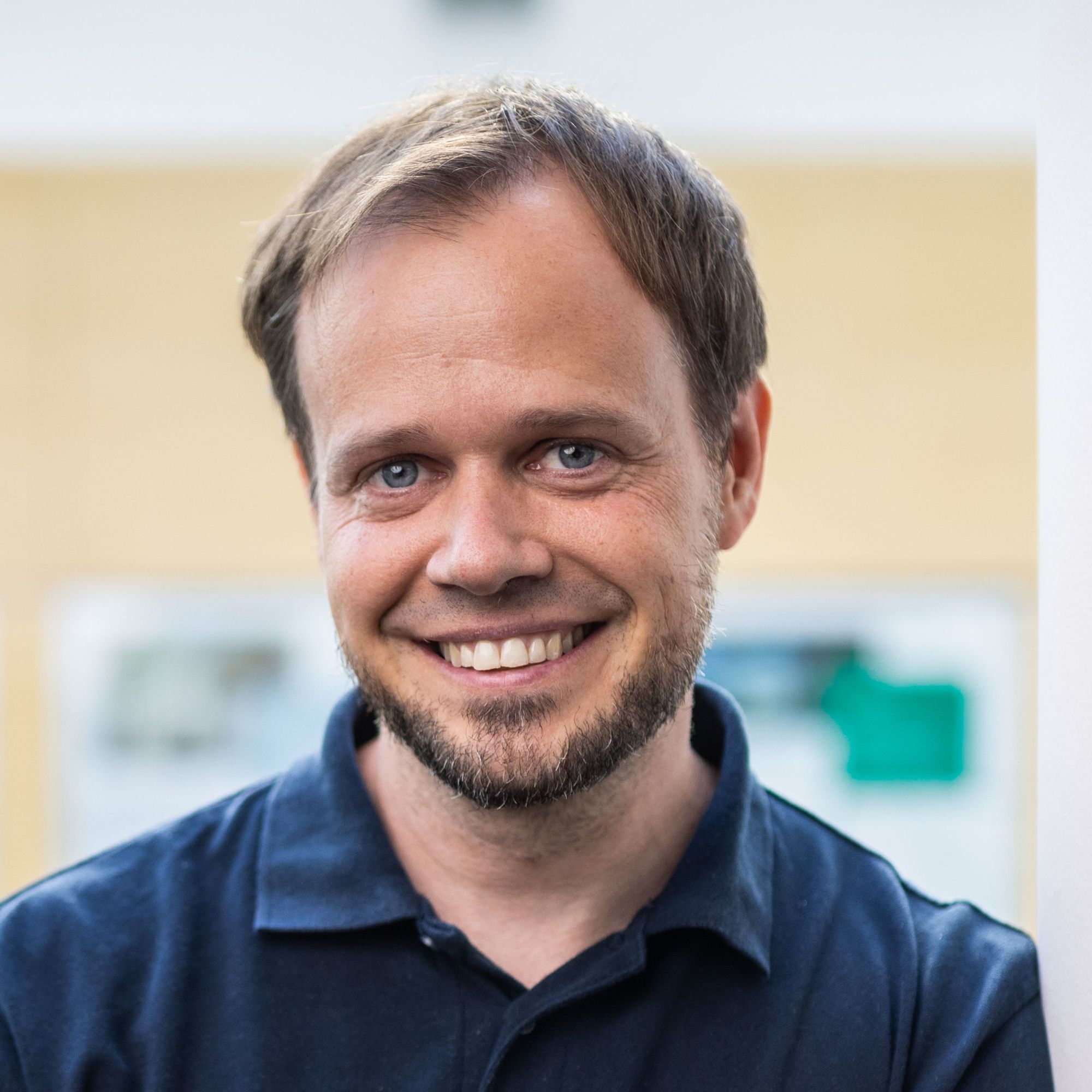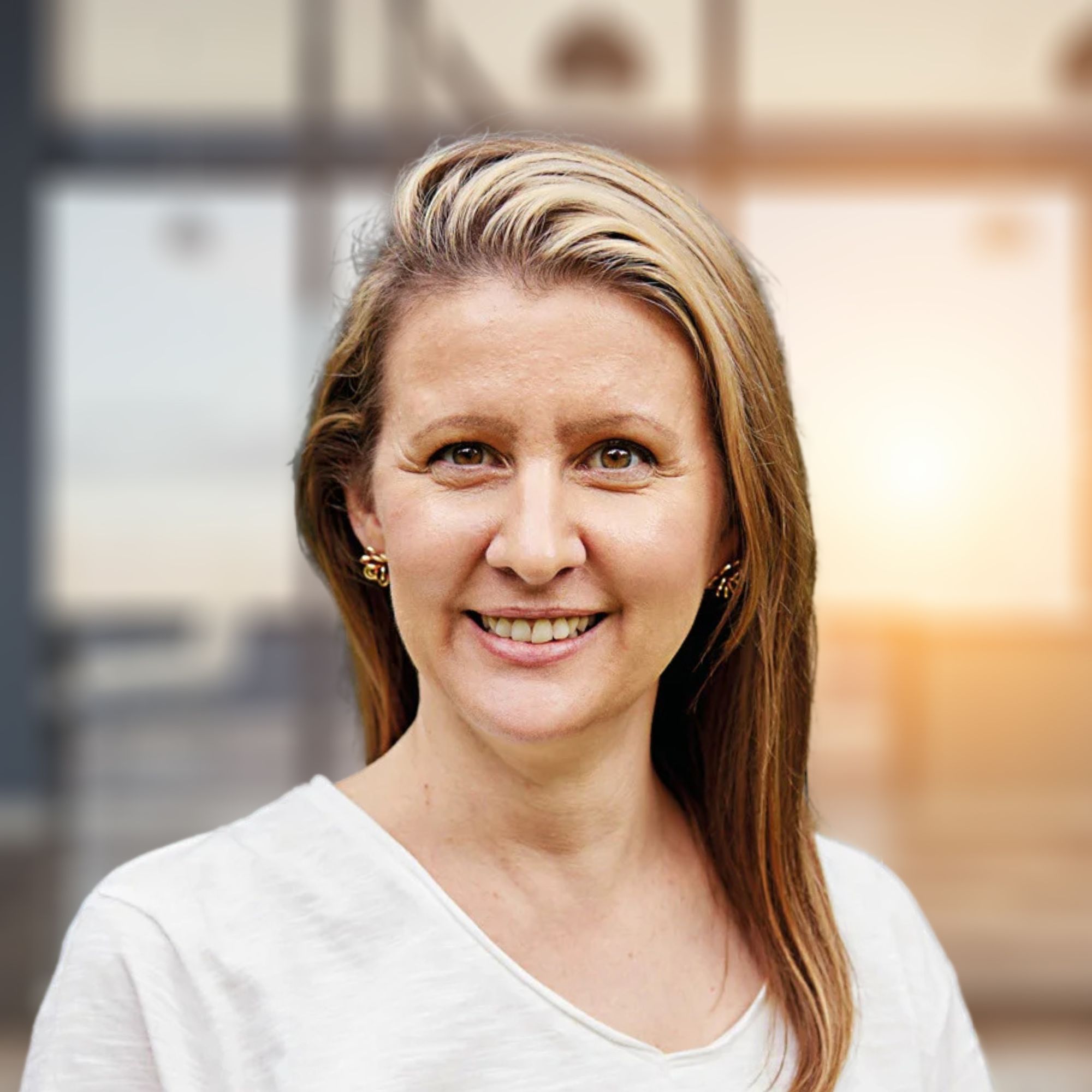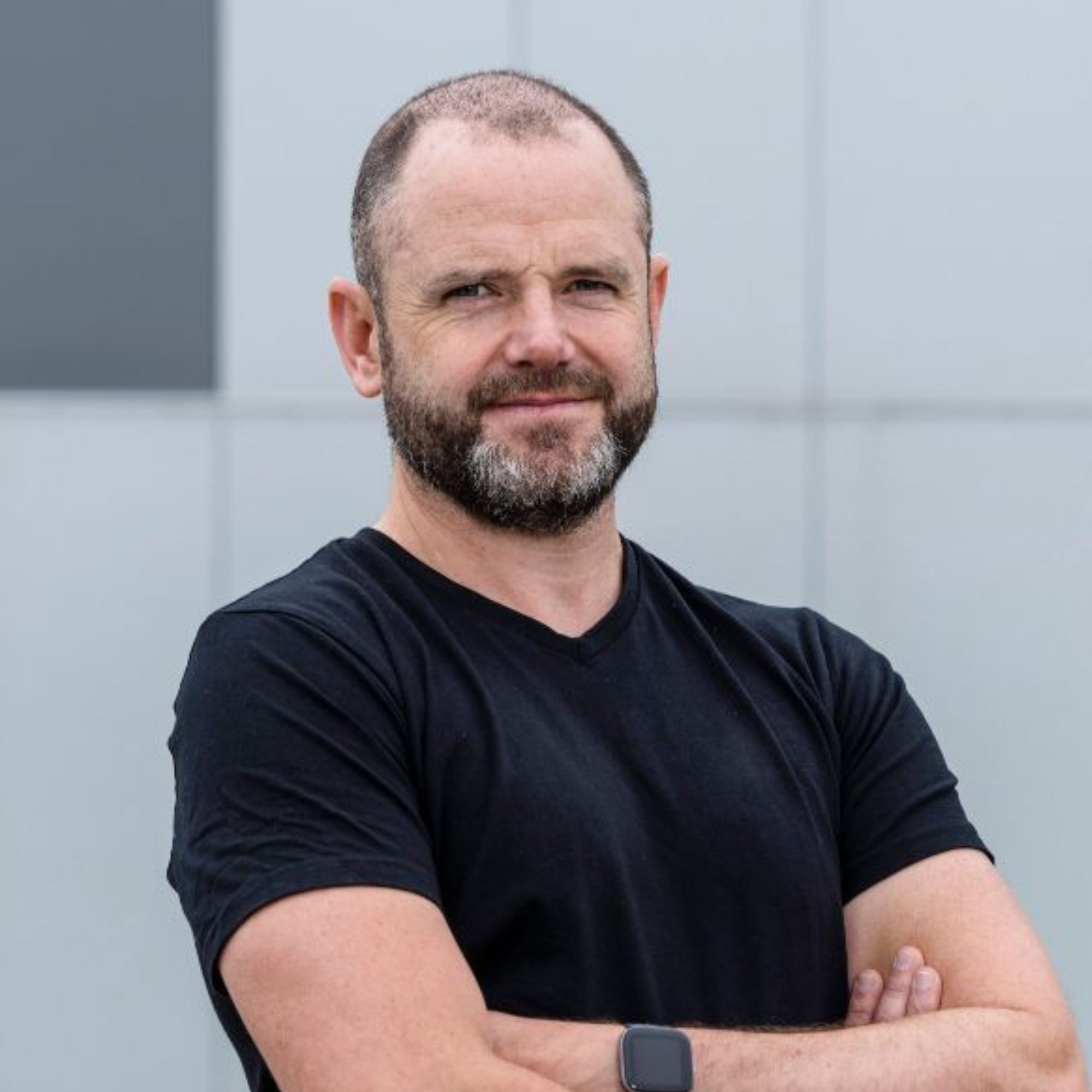Ready to build your own Founder-Led Growth engine? Book a Strategy Call
Frontlines.io | Where B2B Founders Talk GTM.
Strategic Communications Advisory For Visionary Founders
Actionable
Takeaways
Target the "either us or nothing" market segments:
Simon's breakthrough came from identifying industrial assets operating in extreme conditions where traditional monitoring was impossible or impractical. ArcelorMittal's conveyor moving steel plates across a 1500°C blast furnace exemplified this perfectly - they had two choices: Samotics' unproven technology or no monitoring at all. B2B founders should actively seek market segments where incumbent solutions physically cannot compete, creating natural "blue ocean" opportunities.
Focus on unique positioning rather than universal applicability:
Initially, Samotics tried to monitor every type of machine possible, believing their AI could handle any scenario. Simon learned to focus specifically on the 25% of rotating equipment that operates in extreme or hard-to-reach conditions where their remote sensing advantage was undeniable and easy to communicate. B2B founders should resist the temptation to be everything to everyone and instead dominate the specific use cases where their solution provides clear, defensible advantages.
Embrace service components even in technology-first companies:
Despite starting as an AI company with inclinations to automate everything, Samotics discovered that the human service element - having mechanical and electrical experts bridge AI findings with customer needs - became one of their most appreciated product components. They now deliver hardware, AI, and dashboards as a service with regular customer calls and visits. B2B founders should test whether adding high-touch service elements enhances rather than detracts from their technology value proposition.
Build category credibility through scale and proof points:
Simon emphasizes that category creation requires time, credible data, and real-world examples at scale. With over 10,000 machines monitored, Samotics can now make credible claims about accuracy and effectiveness. The category definition evolved from internal team alignment to external market education. B2B founders attempting category creation must first achieve meaningful scale and documented success before expecting market adoption of their category framework.
Use enemy-based positioning strategically in early stages: Use enemy-based positioning strategically in early stages:
Samotics initially positioned aggressively against traditional vibration-based monitoring, using humor and edge to grab attention from early adopters who appreciated the contrarian approach. However, Simon notes this was effective primarily for reaching experienced early adopters who understood the technology's limitations but were drawn to unique solutions. B2B founders should consider enemy-based positioning as a tactical tool for early adoption rather than a long-term brand strategy.
Conversation
Highlights
Samotics: How a Failed AI Consultancy Discovered Breakthrough Industrial Monitoring Technology
When Simon Jagers and his co-founders started Samotics a decade ago, they had what seemed like an elegantly simple business plan: approach industrial companies, offer to analyze their existing data with AI, and capture some of the value created. The plan failed spectacularly, but that failure led to a breakthrough that’s now monitoring over 10,000 industrial machines and partnering with ABB to create the infrastructure for smart factories.
In a recent episode of Category Visionaries, Simon shared the fascinating journey from failed AI consultancy to pioneering a new category of sensorless industrial monitoring. His story offers crucial insights for B2B founders about finding defensible market positions, the importance of focusing on specific advantages, and how sometimes the best opportunities emerge from your biggest constraints.
The Original Plan That Didn’t Work
Simon’s initial approach was straightforward: “Industry, lots of machines, lots of data, and nobody’s really doing anything with that data to, you know, improve reliability and performance.” The team would approach potential customers with a simple value proposition – give us your data, we’ll use AI to turn it into value, and we’ll capture some of that value for ourselves.
The reality proved more complex. “What we found early on is that there was indeed a lot of data. But that doesn’t always mean that there’s lots of information in that data, right? Certainly not, you know, for our purposes, which was to optimize reliability and performance of machines,” Simon explained.
The team kept encountering the same fundamental problems: lots of data existed, but extracting useful information was difficult, and accessing that data from large corporations was even harder. “So we thought, well, if every time the data is the problem, let’s make our own data,” Simon recalled.
The Vibration Sensor Dead End
As young data scientists facing a data collection challenge, the team did what anyone would do – they googled “how to monitor machines.” The first hundred results pointed to vibration sensors, so they decided to install vibration sensors, add AI, and create a product.
Again, the plan seemed elegantly simple. Again, there were significant issues.
“If you install a vibration sensor in a typical industrial environment, then it’s generally speaking not a very good idea for various reasons,” Simon noted. “Amongst them that a vibration sensor is a sensitive instrument and heavy industry is not a sensitive environment, if you know what I mean.”
The sensors kept failing in extreme industrial conditions – high temperatures, submerged pumps, and other hostile environments where machines operate but sensitive sensor equipment cannot survive. The team was stuck with expensive, unreliable hardware that couldn’t handle the realities of industrial operations.
The Railway Switch Breakthrough
The breakthrough came from an unexpected source. Samotics was asked to analyze electrical data to detect failures on railway switches in the Netherlands. Due to stringent safety regulations, it was impossible to install anything directly on the railway switches.
“What this means is that it is impossible to install anything on that railway switch, whether it’s a sensor or anything else that is not designed for that switch,” Simon explained. The team had to work with the only available data: low-quality electrical information captured hundreds of meters away from the actual equipment.
Despite these limitations, something remarkable happened. “To our amazement, we found both electrical and mechanical failures on the motor that is driving the switch and on the railway switch itself. Not a lot, but enough to pique our interest,” Simon said.
The key insight was revolutionary: they could monitor critical equipment remotely, without installing sensors directly on the machines, and still detect failures hours before they occurred. “The combination of the fact that we could install a sensor far removed from the machine, in this case a switch, and the fact that even in low quality data we could find failures typically a few hours before the switch would fail” inspired the team to explore this approach further.
The Brief Moment of Believing They Were Unique
For about ten days, the team thought they had discovered something completely new. “We thought were the only ones in the world that knew about this relationship between electrical data and mechanical failures,” Simon admitted.
Reality set in quickly. “Turns out that the sort of the underlying technology was developed in the 70s for nuclear facilities, because, as you can imagine, in a nuclear facility, it’s generally speaking, not something where you want to be close to the assets.”
While the underlying concept wasn’t new, Simon and his team added AI capabilities and began building technology that could monitor machines at a real distance with unprecedented accuracy and insight.
Finding the “Either Us or Nothing” Market
The key to Samotics’ early success was identifying market segments where traditional monitoring solutions simply couldn’t compete. Simon focused on a specific subset of industrial equipment: “For roughly 25% of rotating equipment” – industrial motors powering pumps, fans, compressors, and conveyors operating in extreme or hard-to-reach conditions.
Their first major customer, ArcelorMittal, perfectly illustrated this positioning. The steel company had a conveyor moving plates of steel across a blast furnace operating at 1500 degrees Celsius. “In that circumstance, Archlomito had two choices. Basically, one of them is do nothing in terms of monitoring or trust these guys from Leiden who had this crazy idea about using an electrical signal to detect a mechanical fault. So it’s either us or nothing. And that was a good pitch to make.”
This “either us or nothing” positioning became central to Samotics’ go-to-market strategy, allowing them to avoid direct competition with established vibration monitoring companies while serving a critical market need.
Learning to Focus and Say No
Like many early-stage companies, Samotics initially tried to serve every possible customer. “In the early days, right from the start, we wanted to position ourselves against the traditional way of doing things,” Simon explained. “Another thing is that we wanted to do everything right. Every machine that we potentially could monitor, we wanted to monitor as well.”
This broad approach led to mixed results. “Over time, you learn that there are some areas where you simply have a higher value compared to others. You also learn that while initial tests may be very positive in practice, some things just don’t work really well.”
The lesson was clear: “From trying to reach everybody and please everybody, if that makes sense, we started zooming into those areas where we have a clear advantage, meaning assets operating in extreme conditions or hard to reach places, because for those assets, the undeniable fact that we are the only technology that doesn’t need to be either close to or even installed on the asset in the field is the real big benefit.”
Building Category Credibility Through Scale
Creating a new category requires more than just a unique technology – it demands credible proof points and scale. Simon learned this lesson through experience: “I think it takes time, first and foremost, and you need credible data to back up your claims, right? If you start building a category but none of your clients are willing to do, you know, reference cases, if you don’t have data, you know, that supports your claims about why this is a category, why you’re the best at the category, because you know, there’s really no point in creating category if somebody else is the best.”
With over 10,000 machines now monitored, Samotics has built the scale necessary to make credible category claims. “It takes time, it takes real world examples, you know, it needs to be real, how you solve it and it needs to be proven at a certain scale to be credible.”
The Service Component Surprise
Despite starting as an AI-first company with inclinations to automate everything, Samotics discovered that human expertise was crucial to their value proposition. “It turns out that the service component, where there is a mechanical or an electrical on our end, who is sort of the bridge between some of the findings of the AI and our customer, is one of the most appreciated elements of our product.”
This insight led to a hybrid model where technology and human expertise work together. “We have hardware, AI and dashboard and deliver that as a service,” Simon explained. “Highlighting the service elements, making sure that our client understands that we don’t sell technology, but we really guide them through the process” became central to their scaling strategy.
Vision for Smart Factory Infrastructure
Looking ahead, Simon sees Samotics’ Electrical Signature Analysis (ESA) technology becoming fundamental infrastructure for industrial operations. “I really think that ESA or Electrical Signature Analysis will be the data fabric of factories of the future,” he explained.
The company is now working with ABB to integrate their technology into drive systems, creating what Simon calls “a VFD with a PhD.” This partnership approach transforms individual monitoring solutions into comprehensive infrastructure that enables smart factory ecosystems.
“It’s not too far off where if you look at a traditional factory, all of the machines, you know, transmit to the world what their health status are, how they’re doing from a performance perspective, where and how you can save energy on an individual level and then on a system level,” Simon envisions.
Lessons for Category Creators
Samotics’ journey from failed AI consultancy to category-creating company offers several crucial insights for B2B founders:
First, constraints often reveal opportunities. The team’s inability to access existing data led them to create their own data collection method, which ultimately proved superior for their target use cases.
Second, focusing on defensible market segments – where you’re literally the only viable option – provides a strong foundation for category creation. Rather than competing in crowded markets, identify scenarios where incumbent solutions physically cannot compete.
Third, category creation requires credible scale and proof points before market education efforts can succeed. Build demonstrable success at meaningful scale before investing heavily in category evangelism.
Finally, service components can amplify rather than diminish technology value, even for AI-first companies. The human expertise bridging technology insights with customer needs often becomes the most valued aspect of the product.
Simon’s story demonstrates that sometimes the best go-to-market strategies emerge not from initial plans, but from thoughtful responses to early failures and constraints. By embracing what made them different rather than trying to compete directly with established players, Samotics found a path to building essential infrastructure for the future of industrial operations.


